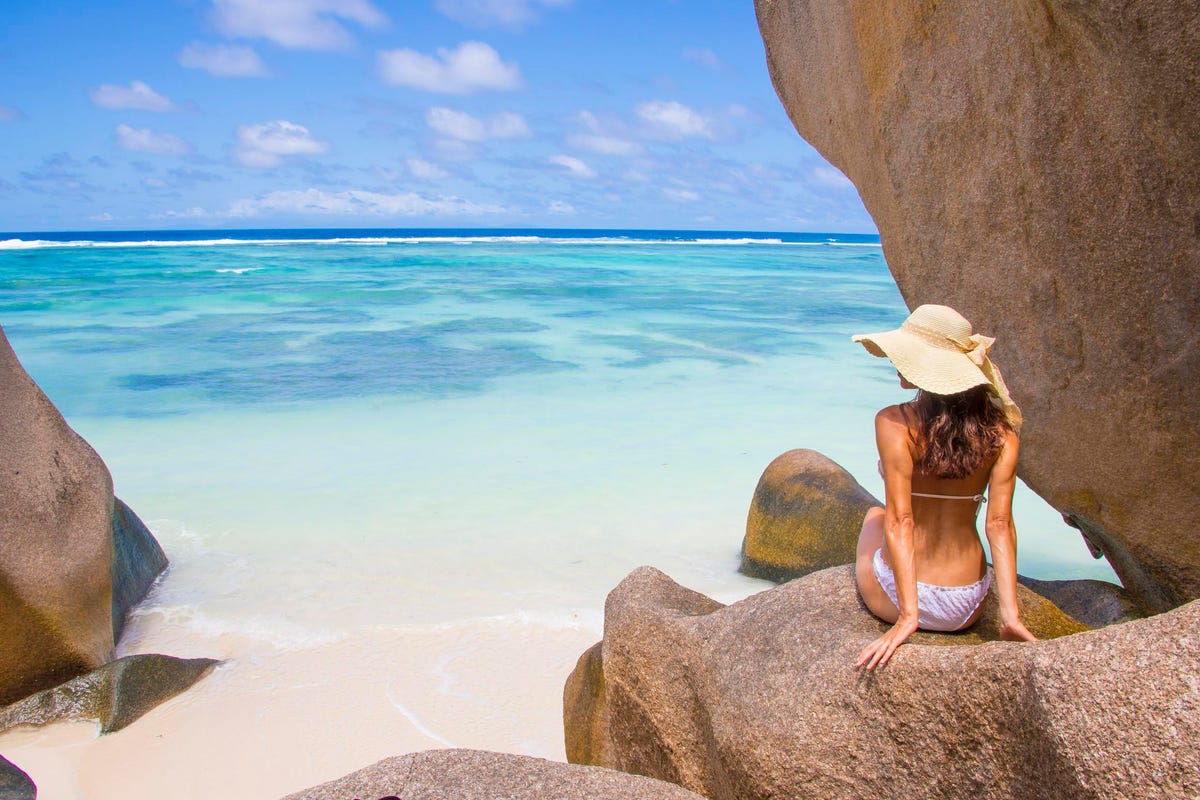
The wellness tourism sector—which was decimated by the impact of the COVID-19 pandemic in 2020, like virtually every facet of the travel business—is enjoying a massive rebound, according to a recent report from the leading research and educational resource for the global wellness industry.
Despite the lingering impact of the COVID-19 pandemic on the global travel industry, wellness … [+]
Getty Images
The December 2021 report from the Global Wellness Institute (GWI) offers a comprehensive look at the global wellness economy—which it estimates at $4.4 trillion in 2020—following the onset of the pandemic, and analyzes the future of wellness spending by sector.
While the global wellness tourism market fell from $720.4 billion to $435.7 billion—a whopping 39.5%—between 2019 and 2020 (versus 43% for all tourism), it’s bouncing back with astonishing gusto.
GWI forecasts the average annual growth rate of wellness tourism at 20.9% from 2020-2025—outpacing the trajectory of every other sector of the wellness economy (including personal care & beauty, spas, and wellness real estate, to name just a few). Notably, the expansion of the entire wellness economy is tracking to surpass that of global GDP to the tune of 9.9% vs. 7.3% respectively over the same period, according to the report.
According to a recent American Express survey, 55% of those polled said they’re willing to pay extra … [+]
Getty Images
This outlook is especially rosy for a hospitality industry that’s increasingly wellness-minded. GWI notes that both domestic and international wellness travelers have especially deep pockets, even during the pandemic. In 2020, international wellness tourists spent $1,601 per trip on average, 35% more than the typical international tourist. The premium for domestic wellness tourists is even higher: $619 per trip, or 177% more than the usual domestic tourist.
“Wellness travelers are typically more affluent, educated, and well-traveled, and they’re willing to spend more on travel experiences, services, and amenities that support their health and well-being,” the report says.
GWI’s findings are widely supported. According to a recent survey from American Express, 78% of respondents said they’re working on more goals tied to health and wellness than in previous years, while 76% agree they want to spend more on travel to improve their well-being—and 55% said they’d be willing to pay extra for wellness activities on future vacations.
Unlock the world’s wonders with unforgettable journeys tailored just for you! Whether you crave sun-kissed beaches, thrilling adventures, or rich cultural escapes, your dream destination awaits. Enjoy seamless travel with expert tips, exclusive deals, and handpicked experiences that Turn Every Trip into a lifetime memory.










